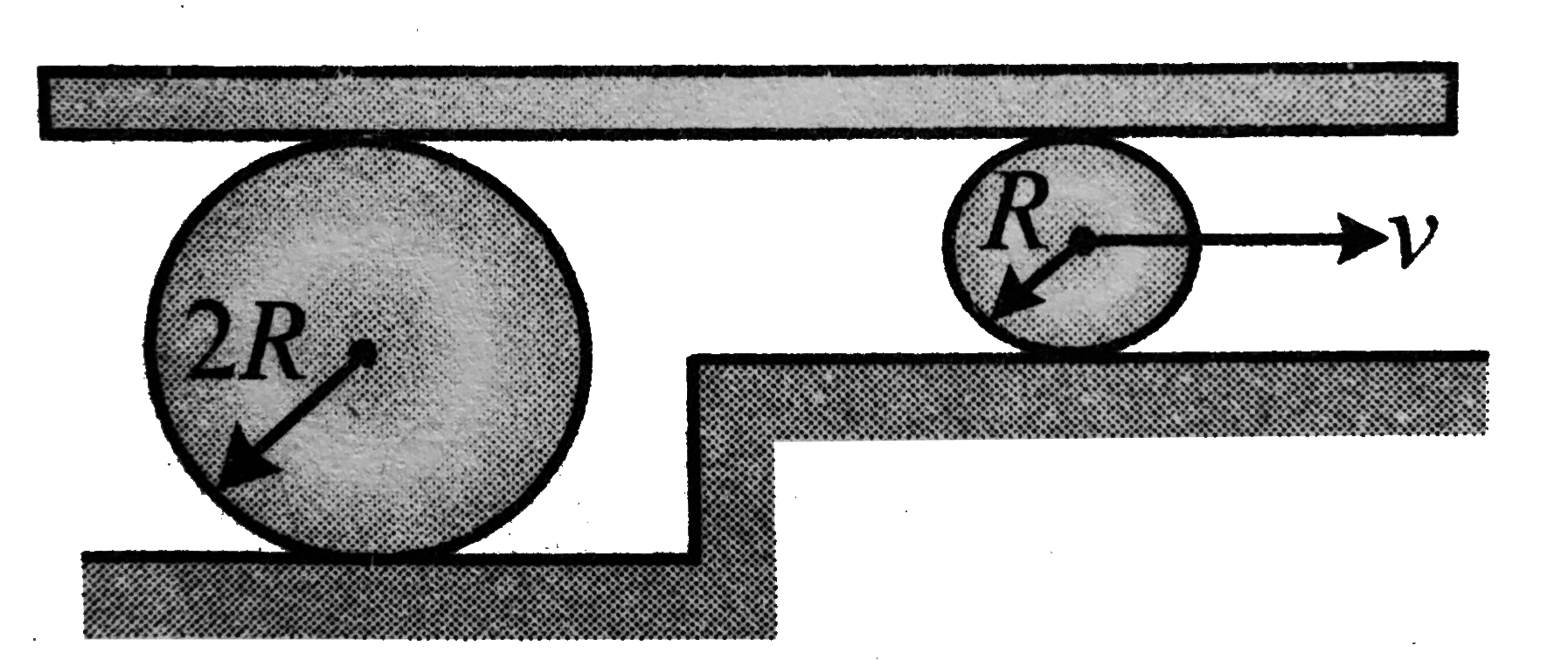A cylinder manufacturer makes small and large cylinders from a large piece of cardboard. The large cylinder requires 4 sq. m and small cylinder requires 3 sq. m of cardboard. The manufacturer is required to make at least 3 large cylinder and at least twice as many small cylinder as large cylinders. If 60 sq. m of cardboard is in the stock and profit on the small and large cylinders are Rs. 25 and Rs 35 respectively. How many of each type of cylinders to made to maximize the profit. Also, find the maximum profit.
The correct Answer is:Large cylinders = 15, Small cylinders = 0, Maximum profit = Rs 525
To solve the problem of maximizing the profit from the production of large and small cylinders, we can follow these steps:
Step 1: Define Variables
Let:
- x = number of large cylinders
- y = number of small cylinders
Step 2: Formulate the Objective Function
The profit from large cylinders is Rs. 35 each, and from small cylinders is Rs. 25 each. Therefore, the objective function to maximize profit Z is:
Z=35x+25y
Step 3: Set Up Constraints
1. Cardboard Constraint: The large cylinder requires 4 sq. m and the small cylinder requires 3 sq. m of cardboard. The total available cardboard is 60 sq. m:
4x+3y≤60
2. Minimum Large Cylinders: The manufacturer must produce at least 3 large cylinders:
x≥3
3. Small Cylinders Requirement: The manufacturer must produce at least twice as many small cylinders as large cylinders:
y≥2x
4. Non-negativity Constraints: The number of cylinders cannot be negative:
x≥0,y≥0
Step 4: Graph the Constraints
To find the feasible region, we need to graph the constraints:
1. From the cardboard constraint 4x+3y=60:
- When x=0: 3y=60 → y=20 (point (0, 20))
- When y=0: 4x=60 → x=15 (point (15, 0))
2. From the minimum large cylinders constraint x=3:
- This is a vertical line at x=3.
3. From the small cylinders requirement y=2x:
- This is a straight line through the origin with slope 2.
Step 5: Identify Corner Points
Now we find the intersection points of these lines to identify the corner points of the feasible region:
1. Intersection of 4x+3y=60 and x=3:
4(3)+3y=60⟹12+3y=60⟹3y=48⟹y=16(Point (3, 16))
2. Intersection of 4x+3y=60 and y=2x:
4x+3(2x)=60⟹4x+6x=60⟹10x=60⟹x=6andy=2(6)=12(Point (6, 12))
3. Intersection of x=3 and y=2x:
y=2(3)=6(Point (3, 6))
Step 6: Evaluate the Objective Function at Each Corner Point
Now we evaluate the profit function Z=35x+25y at each corner point:
1. At (3,16):
Z=35(3)+25(16)=105+400=505
2. At (6,12):
Z=35(6)+25(12)=210+300=510
3. At (3,6):
Z=35(3)+25(6)=105+150=255
Step 7: Determine Maximum Profit
The maximum profit occurs at the point (6,12) with a profit of Rs. 510.
Final Answer
To maximize profit, the manufacturer should produce:
- 6 large cylinders
- 12 small cylinders
The maximum profit will be Rs. 510.
Let:
- x = number of large cylinders
- y = number of small cylinders
The profit from large cylinders is Rs. 35 each, and from small cylinders is Rs. 25 each. Therefore, the objective function to maximize profit Z is:
Z=35x+25y
1. Cardboard Constraint: The large cylinder requires 4 sq. m and the small cylinder requires 3 sq. m of cardboard. The total available cardboard is 60 sq. m:
4x+3y≤60
x≥3
y≥2x
x≥0,y≥0
To find the feasible region, we need to graph the constraints:
- When x=0: 3y=60 → y=20 (point (0, 20))
- When y=0: 4x=60 → x=15 (point (15, 0))
- This is a vertical line at x=3.
- This is a straight line through the origin with slope 2.
Now we find the intersection points of these lines to identify the corner points of the feasible region:
4(3)+3y=60⟹12+3y=60⟹3y=48⟹y=16(Point (3, 16))
4x+3(2x)=60⟹4x+6x=60⟹10x=60⟹x=6andy=2(6)=12(Point (6, 12))
y=2(3)=6(Point (3, 6))
Now we evaluate the profit function Z=35x+25y at each corner point:
Z=35(3)+25(16)=105+400=505
Z=35(6)+25(12)=210+300=510
Z=35(3)+25(6)=105+150=255
The maximum profit occurs at the point (6,12) with a profit of Rs. 510.
To maximize profit, the manufacturer should produce:
- 6 large cylinders
- 12 small cylinders
Topper's Solved these Questions
Similar Questions
Find the volume of the larges cylinder that can be inscribed in a sphere of radius r
View SolutionA small force can create a large pressure if its area is large.
View SolutionThe thickness of a hollow wooden cylinder is 2cm. It is 35cm long and its inner radius is 12cm. Find the volume of the wood required to make the cylinder, assuming it is open at either end.
View SolutionThe thickness of a hollow wooden cylinder is 2cm. It is 35cm long and its inner radius is 12cm. Find the volume of the wood required to make the cylinder, assuming it is open at either end.
View SolutionThe thickness of a hollow wooden cylinder is 2cm. It is 35cm long and its inner radius is 12cm. Find the volume of the wood required to make the cylinder, assuming it is open at either end.
View SolutionThe mass of the cylinder is 25 kg and radius of cylinder is 5 m. Find the moment of inertia of a solid cylinder about a tangent to the cylinder.
View SolutionVelocity of the centre of a small cylinder is v. There is no slipping anywhere. The velocity of the centre of the larger cylinder is

View SolutionThe volume and the curved surface area of a cylinder are 1650 cm3and 660 cm2 respectively. Find the radius and height of the cylinder.
View SolutionThe inner and outer radii of a hollow cylinder are 15 cm and 20 cm, respectively. The cylinder is melted and recast into a solid cylinder of the same height. Find the radius of the base of new cylinder.
View SolutionThe area of the base of a right circular cylinder is 154 cm2 and its height is 15cm. Find the volume of the cylinder.
View Solution
